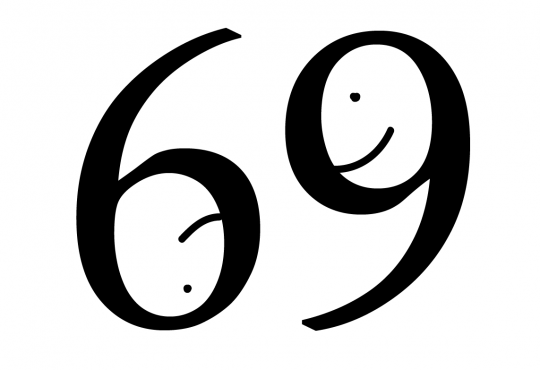With the 2014 Race and Pedagogy Conference in full swing this past weekend, it seemed fitting to do research on minority feminist movements. Any discussion in this article will revolve around the information and commentary on the web. This is, of course, where most feminist discussion takes place nowadays.
Occasionally we will see the jaw-dropping public display, such as Beyonce’s VMA performance, where the word “Feminist” was proudly shining in lights behind her. Recently we even saw former Harry Potter star Emma Watson deliver a speech to the U.N. inviting men to end gender inequality. But, even with these events, it is apparent that the web and social media now dominate the feminist discussion. Long gone are the public displays of second-wave feminism. There is no longer the united (and mostly white) group of women burning their bras in public.
Instead, blog posts and web articles look to ignite fires in anyone who takes the time to become educated on the subject of human equality. The discussion has evolved. With this change has come a state of pluralistic power in the world of feminism. This shift actually provides a more equal voice to minority feminist groups/viewpoints. In past feminist movements, white women dominated the discussion. Many minority feminists still believe this is the case.
“Feminism must become Feminisms,” writes Lola Okolosie, a self-labeled black feminist, and writer for The Guardian. The problem lies in the assumption that the mainstream (white) feminists make. There is no amount of empathy that will allow someone to feel the oppression another individual experiences. Every article or blog post written by minority feminists stresses this simple concept. Feminism already has a common goal: equality for women. Where minority feminism differs from traditional feminism is the focus on specific intersections of oppression. This is not looking to dismantle a unified front for feminism. It is instead trying to make the movement personal for all people, not just upper-middle class white women.
Social media has also contributed to the minority feminist discussion. Last year #SolidarityIsForWhiteWomen was trending on Twitter.
“#SolidarityIsForWhiteWomen when WOC [women of color] are treated as teaching tools & resources, not actual people by Big Name Feminism, ” tweeted Mikki Kendall, the hashtag’s originator.
This hashtag was in response to many white feminist writers and bloggers looking to cultivate a united feminist movement. The problem was that the issues and oppressions addressed mainly impacted those same white feminists who wished to create the united movement. When public feminist events do occur, such as the Beyonce performance, Twitter again acts as a wonderful place to circulate discussion and at the very least get a conversation started. While twitter may not be the most vetted source of information, feminism gains power when it becomes relevant, and twitter helps expand the discussion on all fronts, minority and otherwise.
It is not meant to be implied that no organized minority feminist groups exist. Those that do thrive and contribute in unique ways to their specific causes. Among them are the National Council for Negro Women, National Asian Pacific Women’s Forum, Southall Black Sisters, and many more that are dedicated to serving the needs of their women. These organizations, though, are more focused on the advancement and support of individual women. Their support of the feminist cause seems to be practically driven rather than theoretical, movement, or media based.
Another new and exciting research group is the Gender and Multicultural Leadership Project. The GMCL seeks to explore the intersectionality of oppression through statistics and studies, which is groundbreaking in the realm of feminism and gender equality.
One resolute conclusion can be made about the treatment of the different minority feminist movements: if you do not belong to that minority group, listen and support the cause, even spread their message, but never speak for anyone. This is how the feminist movement becomes fragmented. The best way to promote solidarity may be a little independence, and the recognition that there is no one brand of feminism. We all want equality and there is no right way to reach that goal. Sometimes we just have to step back and listen to what others have to say.






